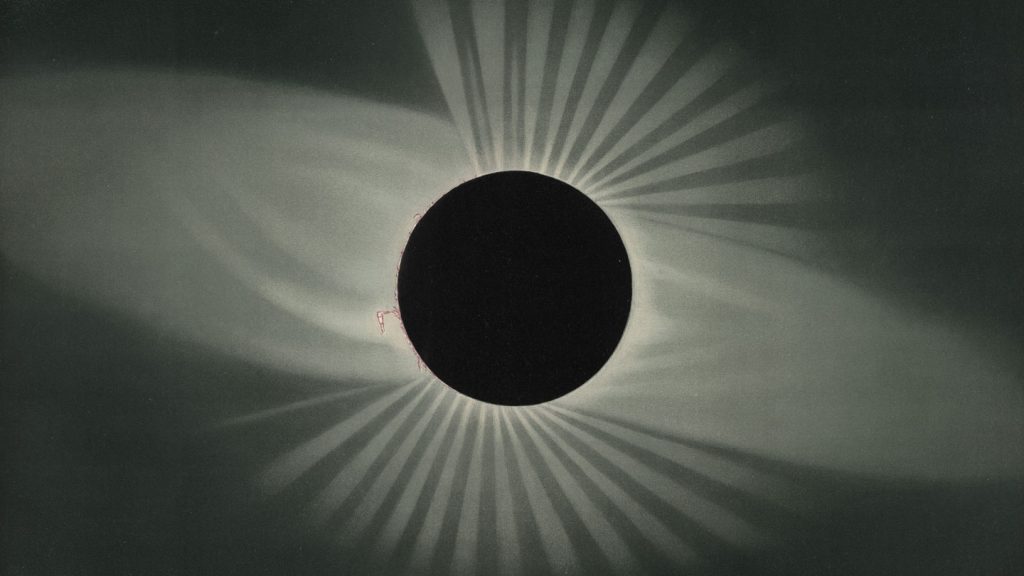In July 1878, a group of six women scientists led by Maria Mitchell, a celebrated astronomer, gathered in Colorado to observe a total solar eclipse. The event captured national attention, with the group traveling across the country to witness the phenomenon that lasted mere minutes. Mitchell’s extensive experience with eclipses made the journey worthwhile and her detailed notes and writings from the 1878 expedition offer valuable insight into what to watch for during this year’s total solar eclipse on April 8.
Maria Mitchell’s legacy as an astronomy pioneer and educator remains relevant today, with her dedication to educating future generations of women scientists still evident at Vassar College. Astronomers are drawn to total solar eclipses because they provide unique opportunities to observe solar phenomena not visible under normal circumstances. Solar physicist Shadia Habbal highlights the importance of these events for research and the opportunity they provide for the public to engage with natural wonders.
During an eclipse, the moon moves steadily to cross the sun, blocking sunlight progressively. Observers can see planets and stars in the daytime while the sky darkens, with Mercury and Venus being visible along with bright stars and the sun appearing within the constellation Pisces. Animals may become active due to the change in light, and the temperature may drop temporarily. Observers are advised to use proper eyewear to protect their vision during the eclipse.
The period of totality, when the moon fully covers the sun, offers the most coveted elements of a total solar eclipse. Baily’s beads and the sun’s corona and chromosphere become visible as the moon progresses across the sun. Observers can witness the sun’s atmosphere in ways not usually possible due to the sun’s brightness. Maria Mitchell’s detailed notes describe the awe-inspiring sights during totality, including the bright corona and the reddish hue of the chromosphere.
Eclipse viewing isn’t just about looking up; many shadow effects are visible by looking down. Crescent shadows and shadow bands are some of the phenomena that can be observed on the ground before, during, and after totality. The massive size of the moon’s shadow offers a unique view of the eclipse, creating a distinct darkness that is not like other shadows cast by the moon or twilight. Observers are encouraged to take in the diverse spectacle that a total solar eclipse offers, knowing that each person contributes a unique experience to the collective mosaic of the event.
As the mosaic of the upcoming total solar eclipse on April 8 promises to be a memorable experience for everyone, Maria Mitchell’s pioneering spirit and scientific curiosity continue to inspire astronomers and enthusiasts alike. By following Mitchell’s guidance and notes, observers can prepare to witness unique solar phenomena during the eclipse, furthering their understanding of the wonders of the universe. Whether it’s tracking the moon’s movements, observing the corona, or experiencing the darkening sky and changes in wildlife behavior, the total solar eclipse offers a chance to connect with nature and marvel at the mysteries of the cosmos.


